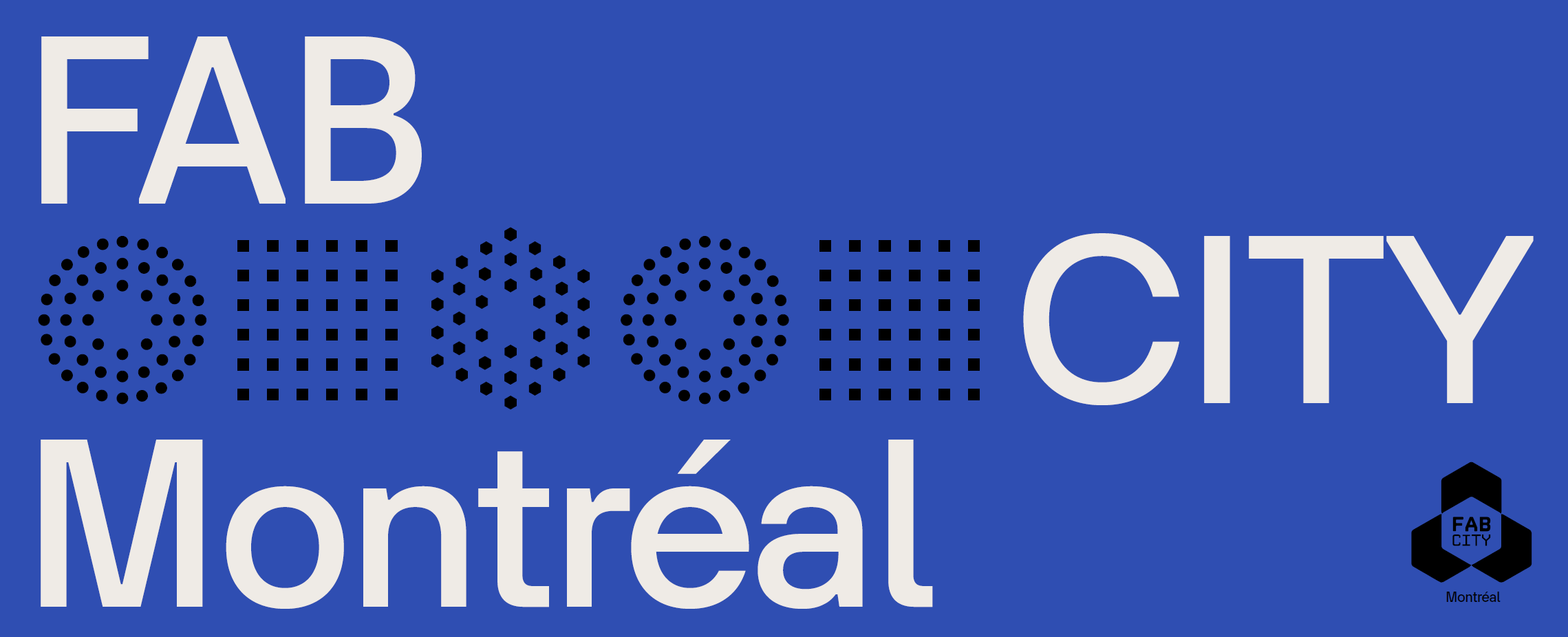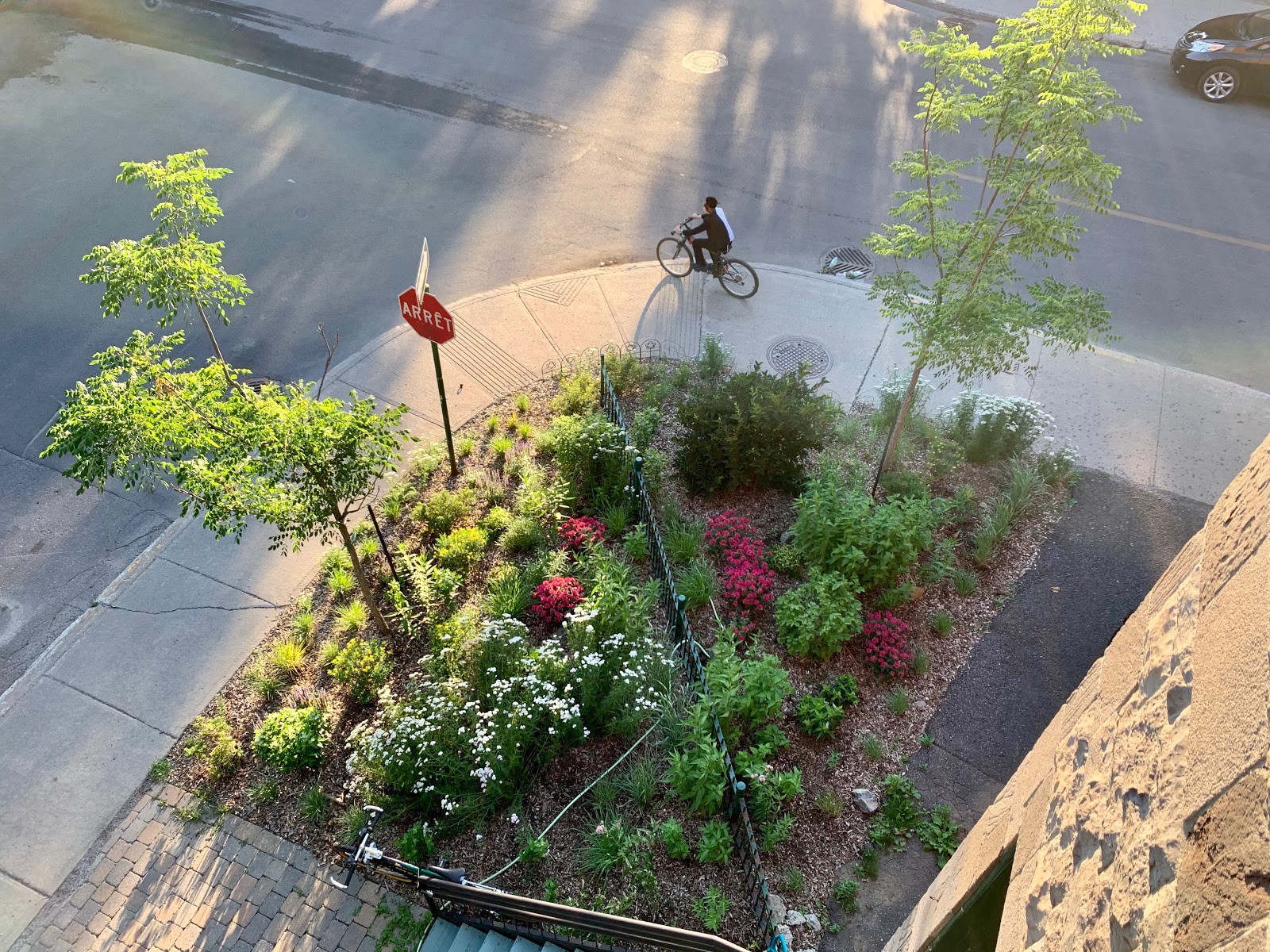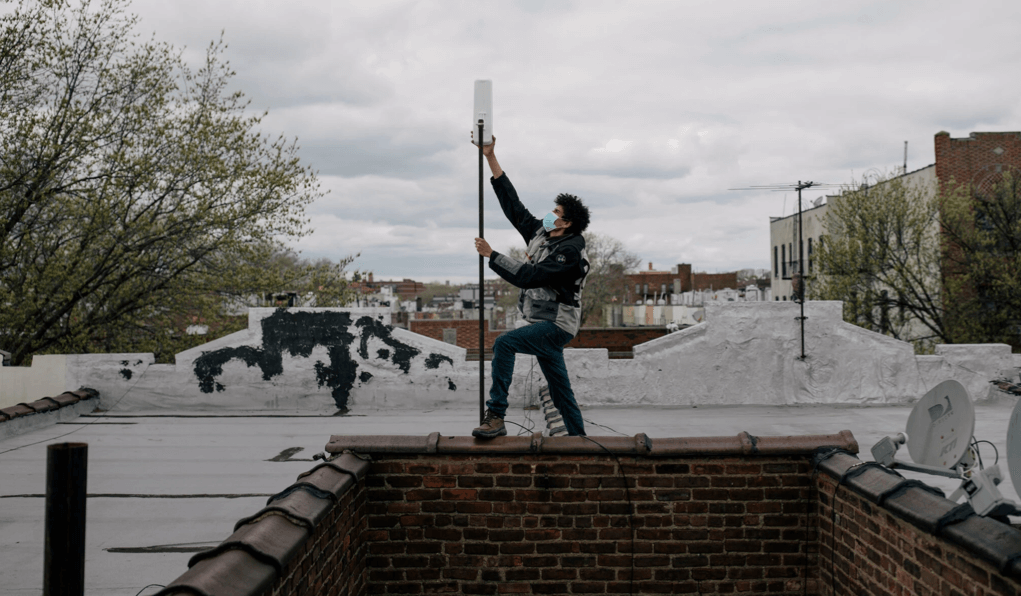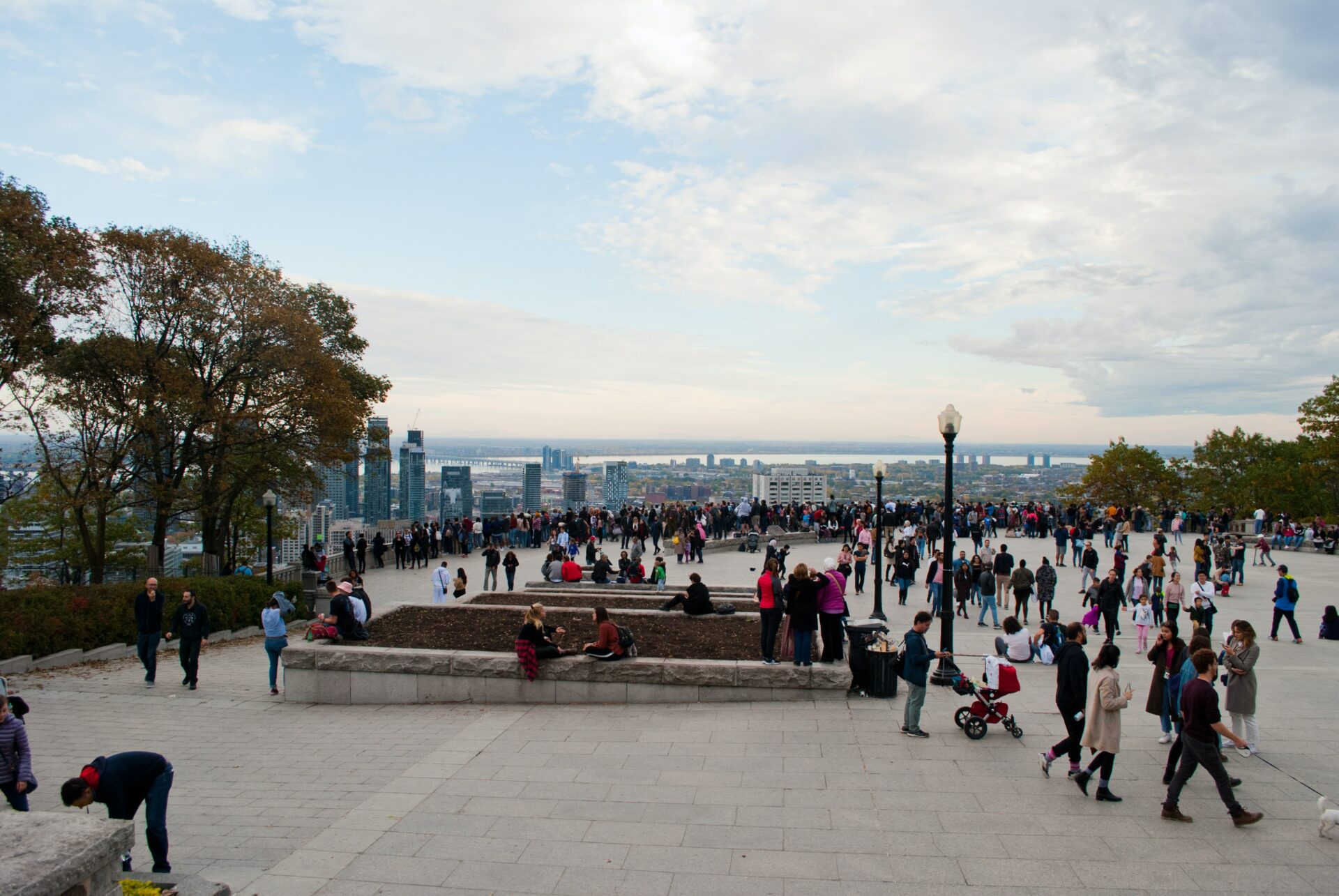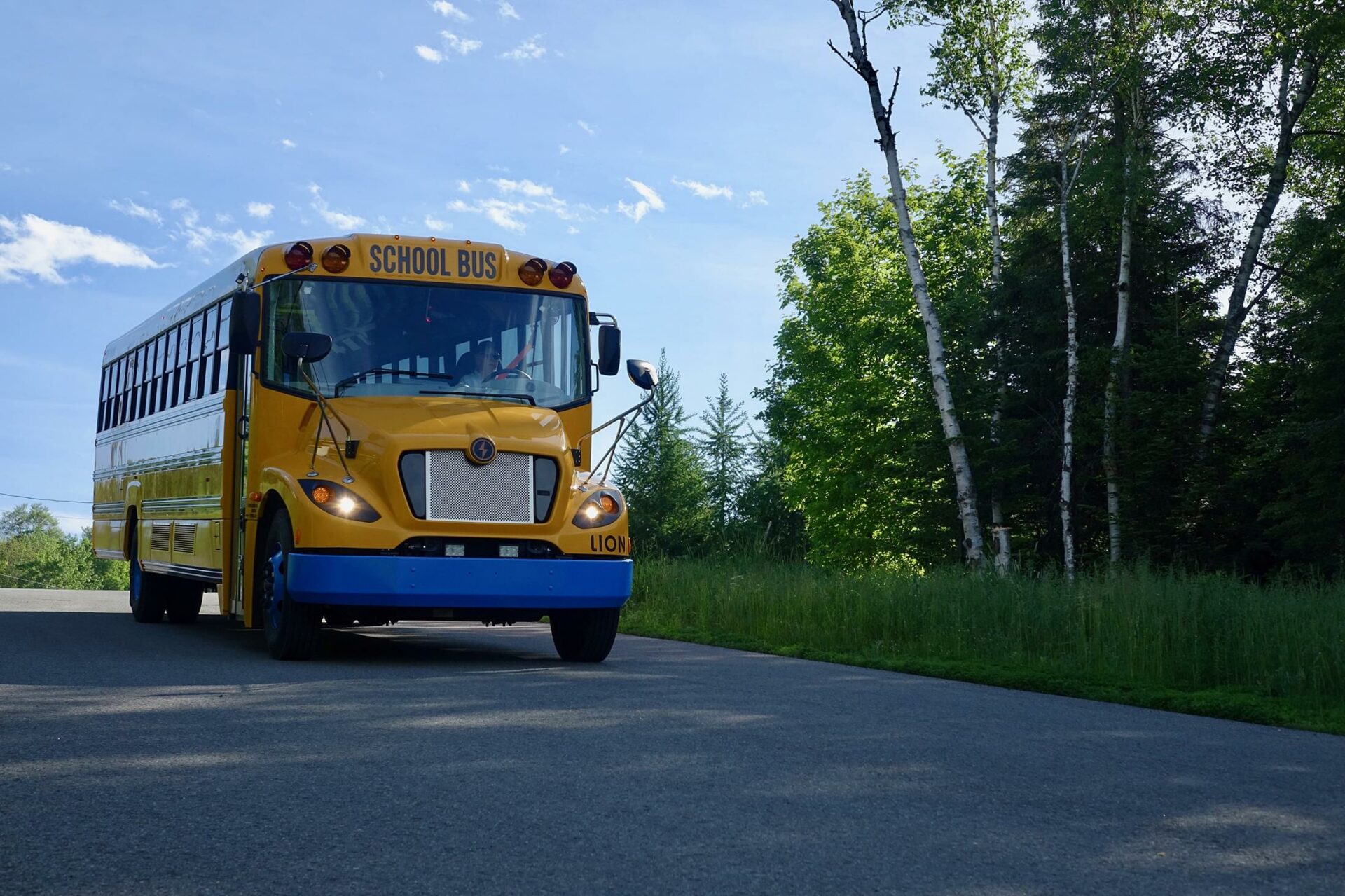News
Reconciliation with nature starts in our yards
Sometimes, to discover opportunities to change our surroundings for the better, it’s just a question of reassessing what we are used to, looking at the defaults, and then finding what’s actually needed and appropriate to the current context and needs. The Nouveaux voisins / New Neighbors project does exactly that, by looking at something we barely notice, private yards, and finding ways of re-inventing them. They want to facilitate socio-ecological transitions and community-based climate action with a platform that brings together functions that are “pedagogical, actionable, evaluational, financial, and regulatory.”
Guerilla Wi-Fi
They’ve been around since the early 2000s but have never gained much prominence since most of them are operated by volunteers and often face policy and lobbying headwinds. However, that kind of community infrastructure remains important as decent Internet becomes an ever more essential part of every day life but is not evenly distributed across neighbourhoods. ‘Welcome to the Mesh, Brother’ is a good article on the topic that shows how they work, but perhaps more importantly how oligopolies—in this case in New York but it’s a common issue elsewhere—still have to be forced into providing quality service in less affluent parts of the city and constantly delay.
Designing cities by shifting time
In many ways, the idea of the Fab City is of re-inventing how we do things, of re-thinking why things work a certain way, and if it’s inappropriate, finding a better, more planet-compatible way or citizen-friendly way of doing it. In this great piece on “the simplest tool”, Sara Hendren (artist and design researcher, and professor at Olin College of Engineering) does just that by drawing our attention to the use of time as a tool to design and recalibrate the city.
Electric vehicles could be mini power plants
Replacing fossil fuel cars with electric cars is not the solution to our climate woes, we need way way fewer cars. However, those that do get replaced could have benefits beyond emission reductions, like plugging back into the power grid and acting like mini power plants.
Videos
#Fabcitymontreal


